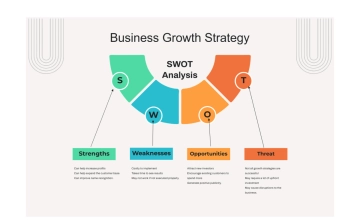Ethnographic for Business
Prepared By: [YOUR NAME]
Date: [DATE]
I. Introduction
This ethnographic study, titled Ethnographic for Business: Understanding Consumer Interaction with Smart Home Devices, provides an in-depth examination of how consumers interact with smart home technologies in their everyday environments. The primary aim of this research is to uncover user needs, identify pain points, and discover opportunities for enhancing product design and user experience. By immersing ourselves in real-world usage contexts, this study seeks to offer actionable insights that can drive meaningful improvements in smart home devices, ensuring they better meet the needs and expectations of users.
II. Methodology
To gain a thorough understanding of consumer interactions with smart home devices, we employed a mixed-method approach:
This approach provided a comprehensive view of user interactions, combining qualitative and quantitative data to inform actionable recommendations for improving smart home devices.
III. Findings
Here is a breakdown of the findings from the study on smart home devices, organized into tables where applicable:
Table 1: Ease of Use
Issue | Description | Frequency of Mention |
|---|
Complex Setup | Users found the initial setup to be complicated and time-consuming. | 80% |
Integration Challenges | Difficulties integrating devices with existing home systems. | 75% |
Table 2: Usability
Issue | Description | Frequency of Mention |
|---|
Interface Navigation | Users had trouble navigating the device interfaces. | 70% |
Routine Configuration | Difficulties in setting up and managing routines or automation. | 65% |
Table 3: Value Perception
Issue | Description | Frequency of Mention |
|---|
Cost vs. Value | Some users felt that the cost did not align with the benefits provided. | 60% |
Convenience Appreciation | Users valued the convenience but questioned the cost-effectiveness. | 55% |
Table 4: Privacy Concerns
Issue | Description | Frequency of Mention |
|---|
Data Security | Concerns about how personal data is secured and used. | 85% |
Privacy Trust | Issues with trusting the devices due to data handling practices. | 80% |
IV. Analysis
The analysis of the findings reveals several critical insights into user interactions with smart home devices:
Addressing these areas—ease of use, usability, value perception, and privacy—will enhance the user experience and drive higher satisfaction and adoption of smart home devices.
V. Recommendations
VI. Conclusion
This study highlights key areas for improvement in smart home devices, including ease of use, usability, value perception, and privacy. By addressing these issues—through simplified setup processes, improved user interfaces, clear value communication, and enhanced data security—manufacturers can significantly enhance user satisfaction and drive greater adoption of smart home technology.
Ethnography Templates @ Template.net






























